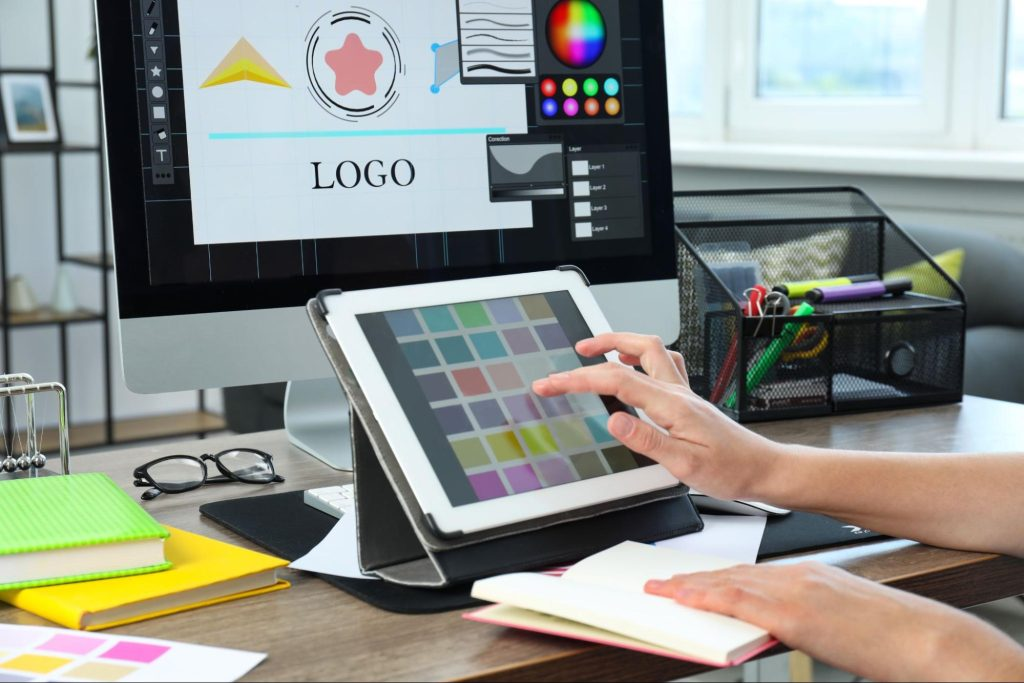
In modern interface design, color is more than just a visual element, as it plays a significant role in shaping user perception and experience and reinforces the brand identity. There are numerous color systems or models, i.e., Hex, etc., being used in design creation.
However, the most popular and recommended one is RGB – a color system that not only offers millions of color combinations but also simplifies the color decision process. Thinking about how? Then continue reading.
In this blog post, we will be discussing multiple ways through which RGB simplifies the color decisions for modern interface designers.
Here are some of the major ways through which RGB simplifies the color decision process for modern interface designers.
Intuitive Control Over Color Shades
RGB offers great color control, which ultimately leads to accurate color decision-making. By adjusting the fine-tuning of red, green, and blue, modern interface designers can adjust the color intensity in any shade.
For example, if a designer wants to achieve a soft pastel tone, they can decrease all the RGB values equally. On the other hand, if vibrant contrast is required, they can simply increase the value of one channel while keeping the other values low.
This direct manipulation allows for an efficient and predictable color selection process. So, there is no need to interpret the color wheel or memorize abstract relationships, because RGB has provided full control over color shade adjustment.
Seamless Cross-format Conversion
Modern designers often receive hex values, especially when working with established brand guidelines.
Apart from this, HTML and CSS codes also deal with hex codes. So, going with this color coding isn’t recommended in modern design interfaces. This is because these have a limited palette and transparency control. And also, everyone is not good at hex to decimal conversion.
Fortunately, this isn’t the case with RGB color coding. So, designers can convert hex color values into RGB with the help of a hex to RGB converter.
When the color code is available in RGB format, designers will have the authority to seamlessly modify colors according to their specific UI needs while also adhering to brand identity.
Excellent Interactivity & Transparency
We all know that modern UI design often requires dynamic visual elements such as hover states, overlays, smooth transitions, and more. The good thing is that RGB handles all these easily through its extended version, RGBA. Here, the letter “A” stands for Alpha (opacity).
So, designers simply need to add a fourth value for the letter “A” to create partially transparent colors that interact fluidly with layered elements. This is especially useful in interface design where the background is blurred, button effects, and more.
Moreover, RGB capabilities to control transparency with numerical precision offer designers an excellent way to enhance visual depth and interactivity while maintaining clarity.
So, instead of relying on layered PNGs or semi-transparent assets, RGBA simplifies this directly into the code or design tools.
Integration with Popular Design Tools
This is the final way through which RGB simplifies color decisions for modern interface designers. This color system supports integration with almost every major design tool. Popular applications such as Figma, Adobe XD, Sketch, Photoshop, and more.
Utilizing such tools, designers will be presented with RGB sliders, color pickers, and input boxes. All these respond in real time, completely eliminating the need for manual tweaking.
Furthermore, these tools also offer numerous helpful features, such as an eyedropper that automatically grabs RGB values from any area of the screen and live previews for hover and interaction.
So, after going through all these ways, we now think you will have an efficient idea of how RGB simplifies color decisions for modern interface design.
Wrapping Up
RGB is one of the most widely used color models when it comes to designing modern interfaces. There are numerous reasons behind this; one of the major ones is seamless and accurate color decision. RGB offers excellent control over color adjustments and provides integration with popular design tools, further simplifying the color decision process.
In this blog post, we have explained some of the major ways through which RGB simplifies color decisions for designers. Hopefully, you will find the given information valuable.










.png)

.png)





